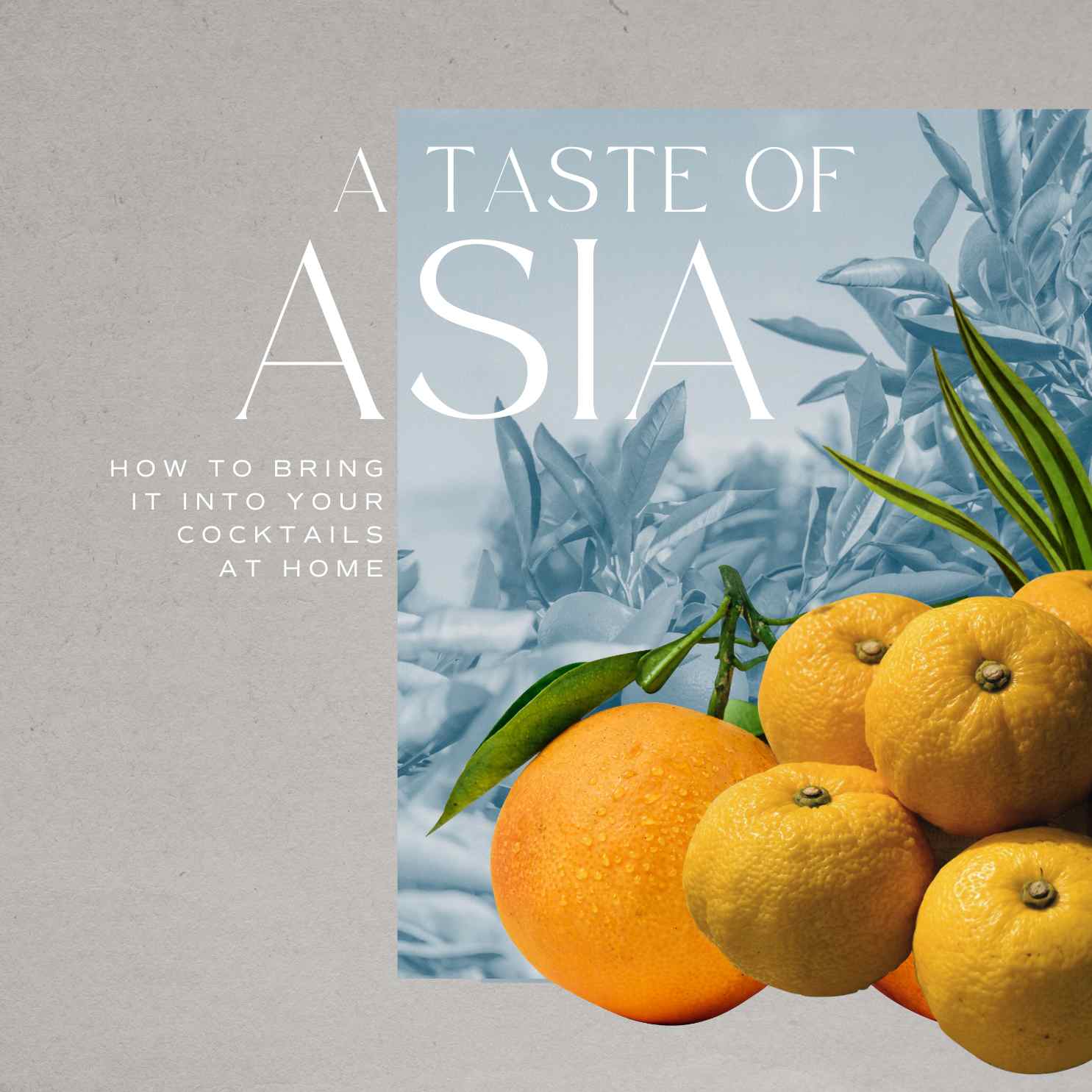

Citrus
Citrus fruits like lemon, orange and lime are all popular ingredients in cocktails. It follows then, that the easiest way to give your drink an Asian-inspired twist is to simply pick one degree of difference and swap it out.
After all, citrus is an evolutionary group and the family tree is as broad and diverse as the list of countries that grow a unique variety or another.
Whether you’re going for a more delicate and sophisticated flavour, or something more complex and dynamic, these fruits can bring in a unique Asian twist to your drinks.
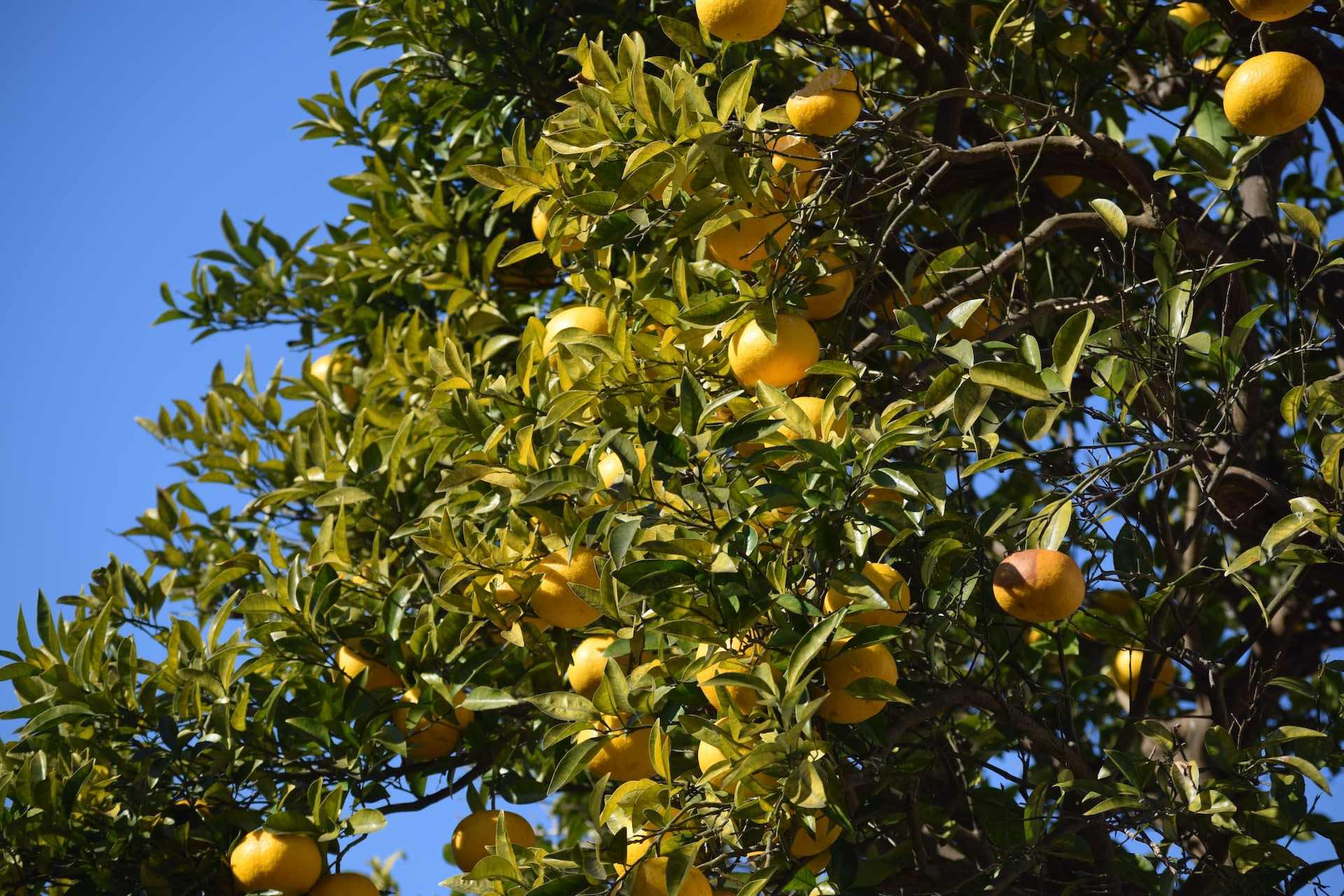

Yuzu
Swap lemon for yuzu.
Yuzu is a citrus fruit native to East Asia. It is a hybrid of two citrus varieties, the Ichang papeda and the Mandarin orange. It is yellow (with a sometimes greenish tinge) in colour, small, and highly aromatic.
It is a popular ingredient in East Asian cuisine, especially in Japanese cuisine where it is used in dressings, marinades and desserts. The juice is sour and can be used to replace lemon or lime juice in cocktail recipes. Meanwhile, the zest has a complex perfumed aroma (which is why and is used in so many dishes), meaning you can use it as you would a garnish peel or to make flavourful syrups.
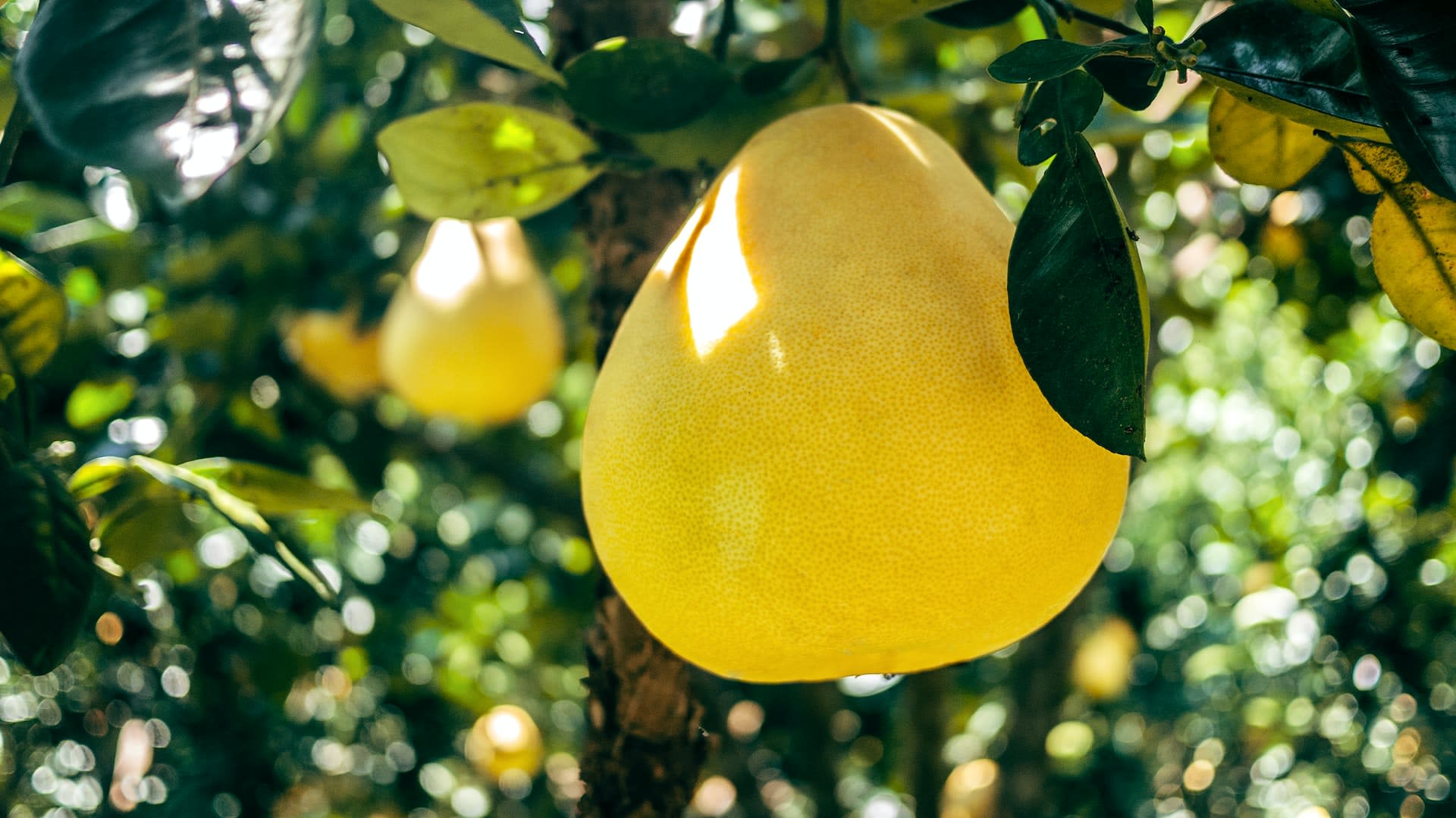

Pomelo
Swap grapefruit for pomelo.
Pomelo is a type of citrus fruit native to Southeast Asia.
Pomelos are one of the largest citrus fruits and they are similar in appearance to a big grapefruit - but with a sweeter flavour. It has a thick, inedible rind and flesh that comes in a variety of colours ranging from yellow to pink.
The flesh can be scooped out and used for smoothie-type drinks but it’s the juice you want for your cocktails. It’s bright, zesty and gives you a sense of familiarity as if you have grapefruit in the mix, but with a few degrees of difference that sets it apart.
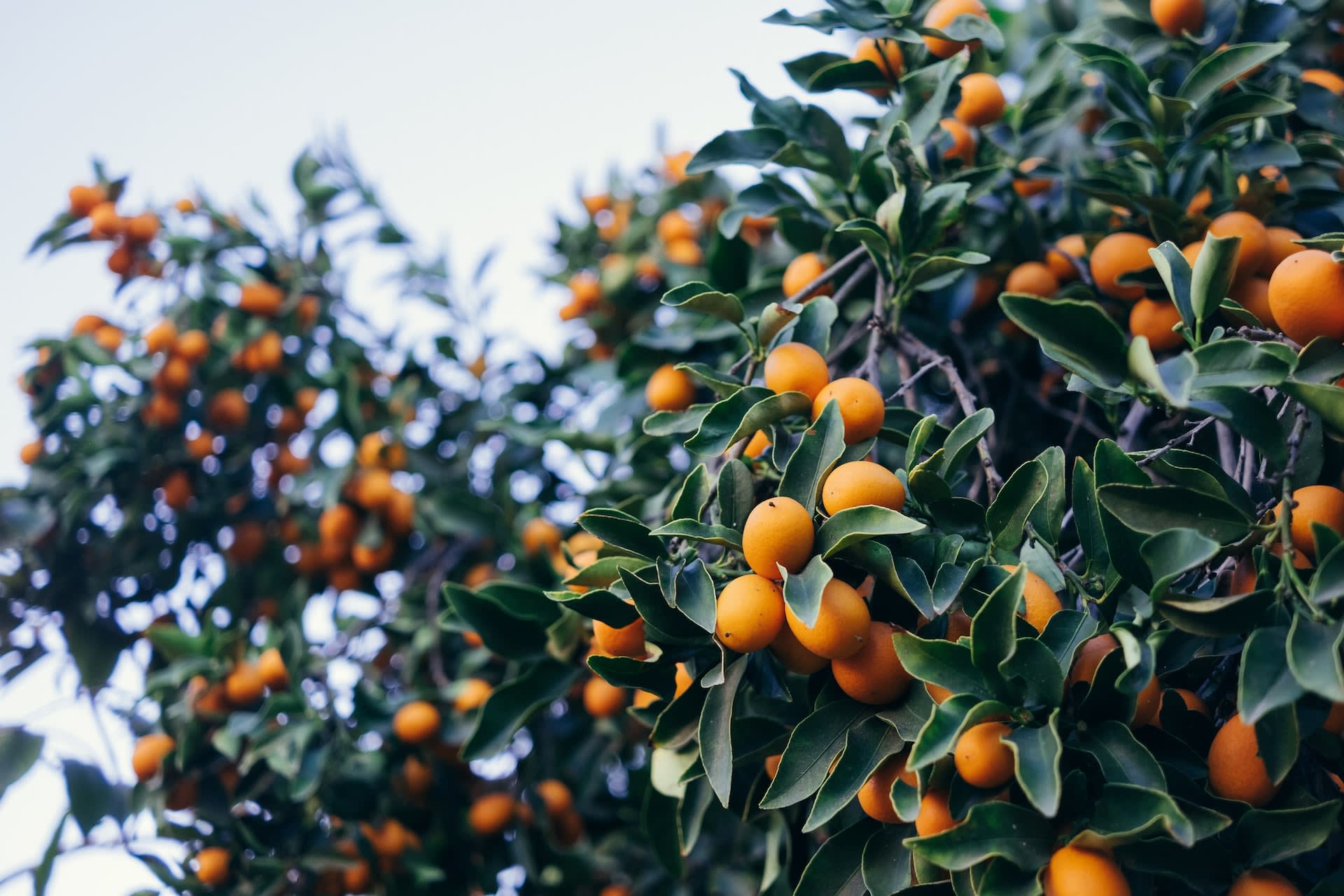

Kumquat
Swap orange for kumquat or mandarin.
Kumquat is a type of small citrus fruit native to China and other parts of Southeast Asia.
It is yellowy-orange in colour, oval-shaped and the size of a big grape. The skin of the kumquat is sweet and can be eaten, while the flesh is tart and acidic. It is primarily used in sweet dishes such as jams and jellies which is why it makes for such a good citrus for cocktail syrups. Tart, yet sweet – great for an uplifting tingle.
One way I like to use them is swapping out lime wedges for kumquats in a twist on a Caipirinha. Just muddle away, add the rest of the ingredients, a load of crushed ice and it's a delight!
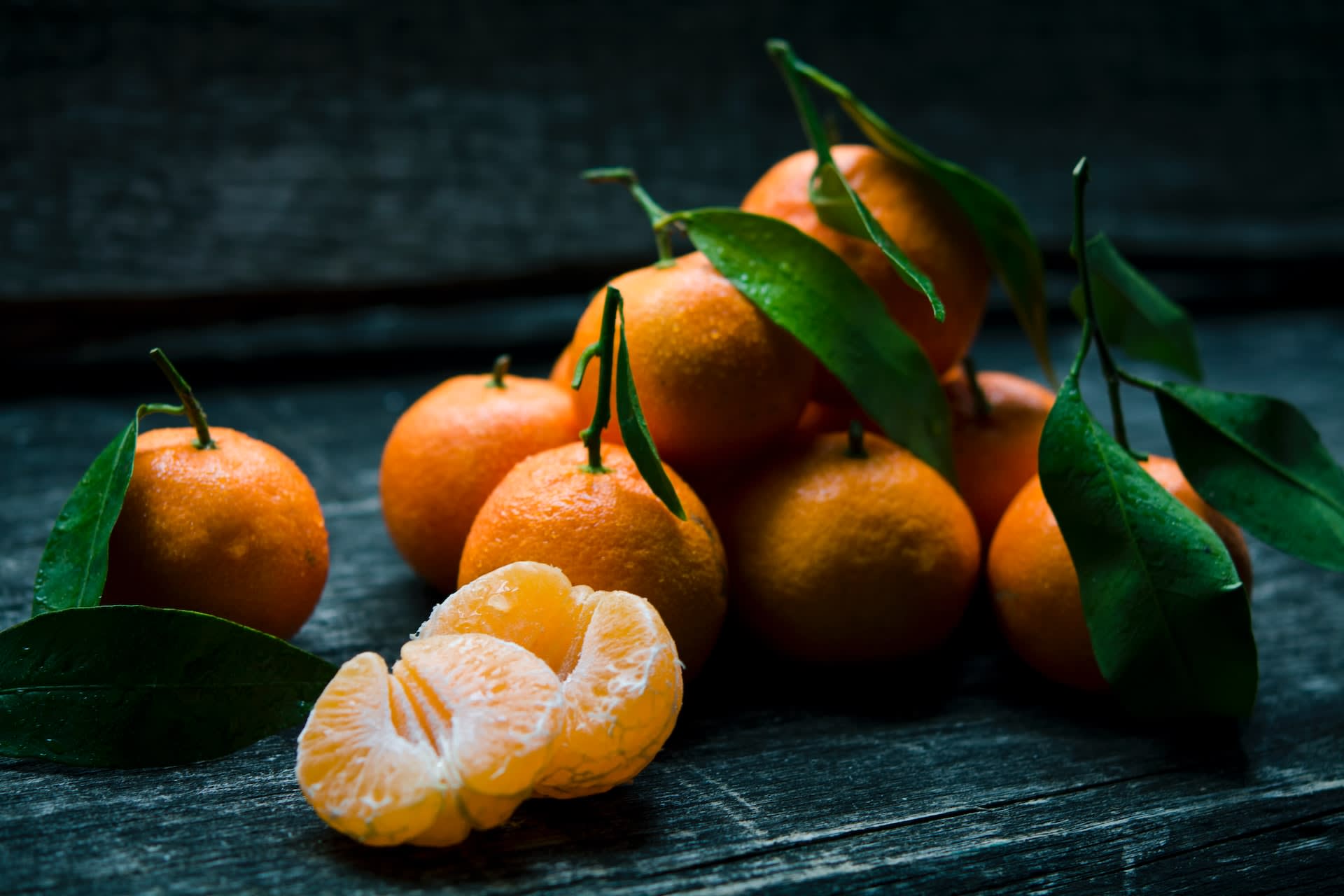

Mandarin
The Mandarin is also a variety of citrus fruit native to East Asia. Mandarins are closely associated with China due to their prevalence in Chinese culture, and traditionally they were cultivated in the southern provinces and are often used as a symbol of good luck.
As a citrus fruit, it is round and small to medium in size, with a thin inedible skin that can be peeled off easily. The flesh is juicy and is a popular part of the fruit, which can also be used to make sauces if cooking.
That’s how we recommend using it for cocktails too – just as you would for its nearest relative, the Tangerine. The peel is full of flavour, but not ideally suited to express oils over a drink – meanwhile the juice is the interesting part, especially when used as a substitute for orange in Tequila and Mezcal based recipes.
Herbs
Incorporating herbs into your cocktails is a great way to accentuate a spirit’s inherent flavour and aroma. When it comes to using Asian cuisine inspired ingredients for cocktails - it doesn’t have to be complicated to get the flavour out of the herb and into the drink.
For example, you could mix chopped leaves with vodka and a dash of lime juice for an Asian twist on a mojito. Alternatively, muddle lemongrass with white rum to make a simple infusion and create a fragrant and flavourful cocktail.
Some of the best herbs for Asian-inspired cocktails include these…
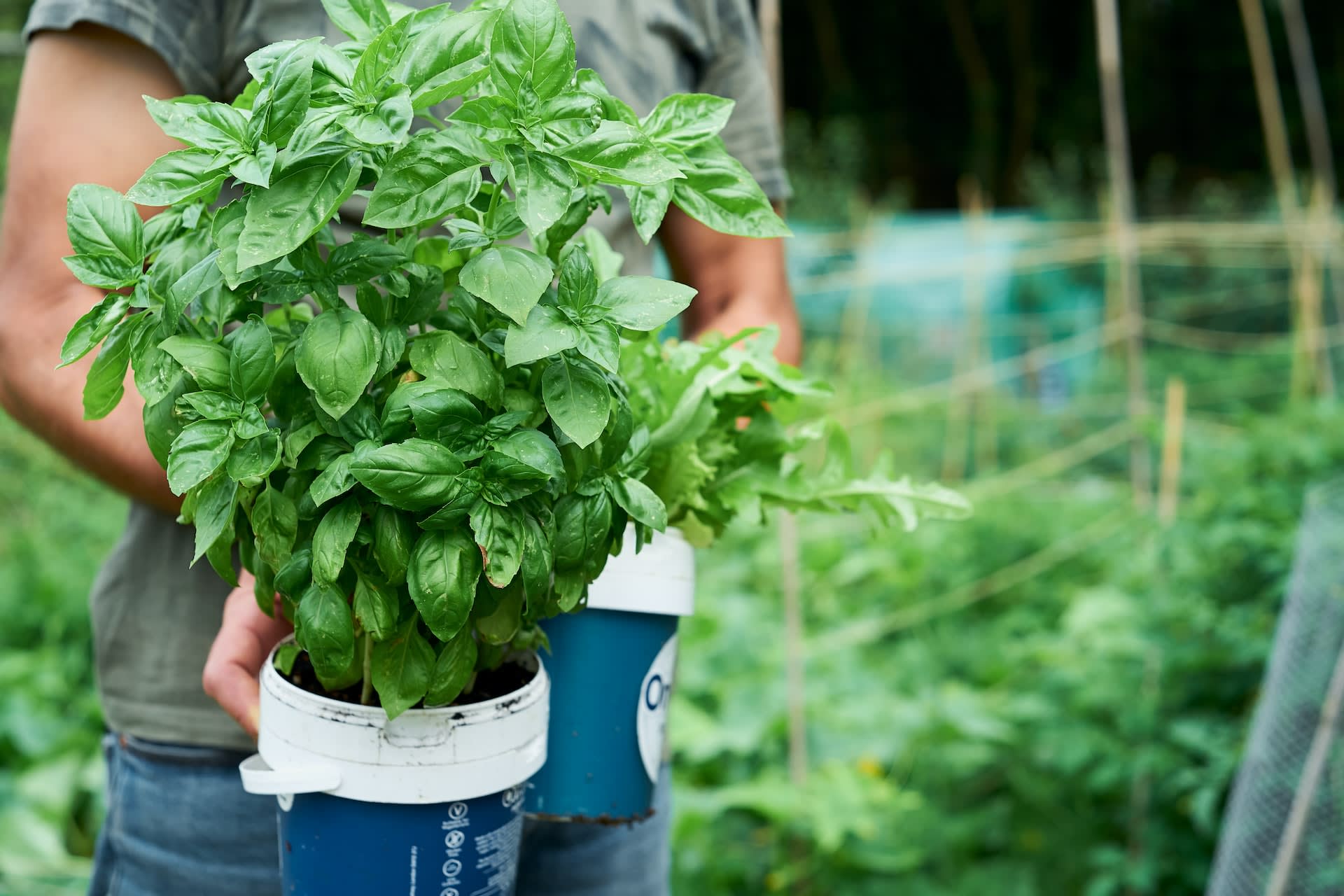

Thai Basil
Thai basil is a type of basil native to Southeast Asia. It has a strong liquorice-like flavour which works great in Asian-inspired cocktails. Try it in a Basil Smash for an unbelievable twist on an already aromatic and complex serve.
Alternatively, infuse it into a spirit such as vodka or rum to add a herbal yet savoury spice to the mix. Even, as a garnish it can connect aromas and take an ordinary Vodka Tonic into something far more elevated.
Lemongrass
Lemongrass is widely used in cooking, particularly in Southeast Asian cuisine – Thai curries just wouldn’t be the same without it!
It has a strong citrus flavour and is often used to add depth and complexity to syrups and cold brew teas. If using it, my advice is to start with a little and work your way up. Due to the way citronella (a prominent flavour compound in lemongrass) is used in other industries - if you go all in with lemongrass, drinks go from having a twang of exotic citrus and fresh herbs to being akin to tasting mosquito repellent or fake car freshener.
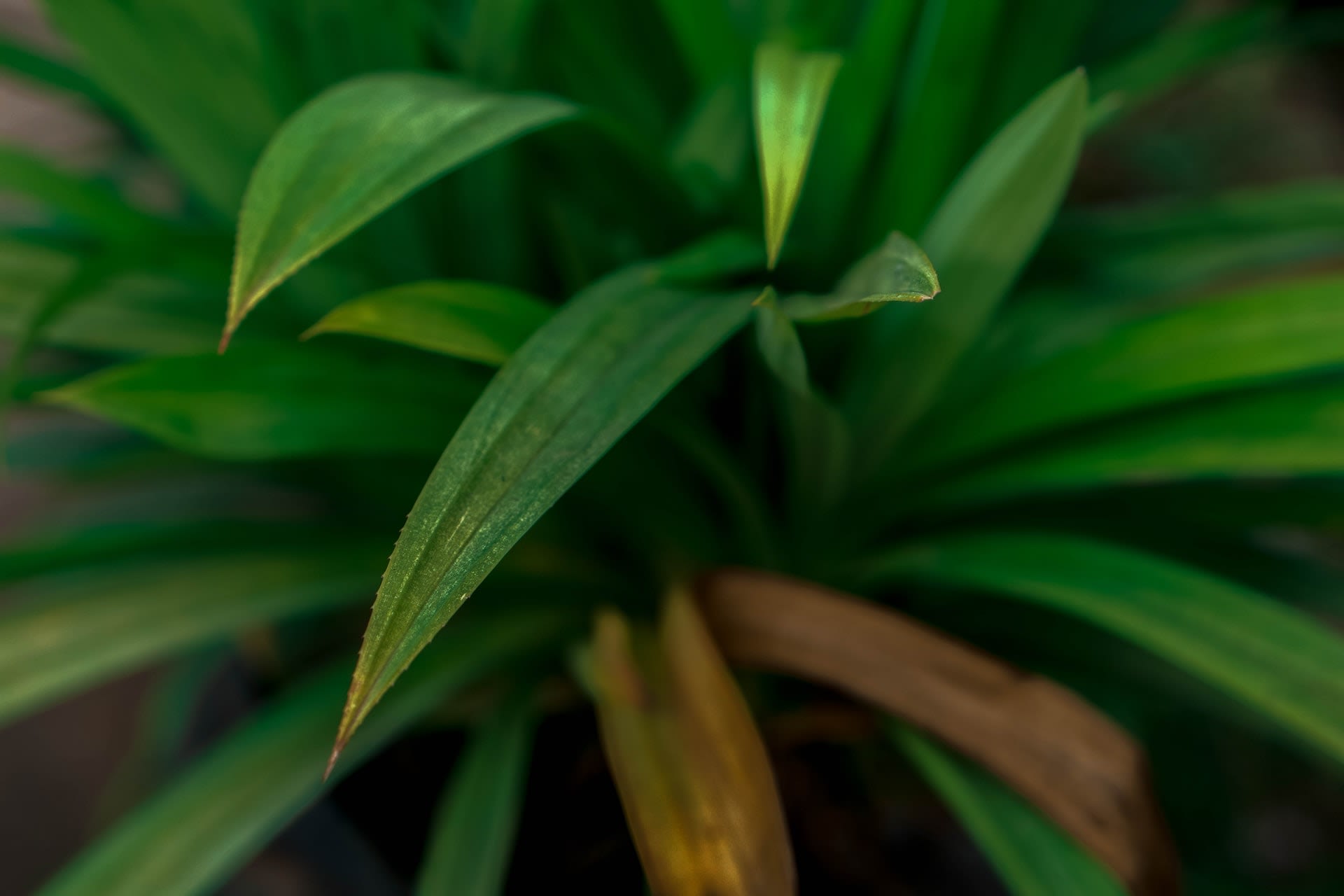

Pandan
Pandan is a tropical plant native to South and Southeast Asia and while many don’t know it at all, it’s not that uncommon in the cocktail world - just watch Drinks Master on Netflix and it's mentioned dozens of times.
Pandan’s unique flavour is often described as nutty, sweet, and toasty. It is often compared to vanilla and even coconut, with a hint of grassiness and slight bitterness. As a consequence, it is often used as a commercial flavouring in both food and beverage industries.
The flavour pairs well with other sweet and creamy ingredients like coconut, (or try using it in a gin infusion then making a Ramos Fizz).
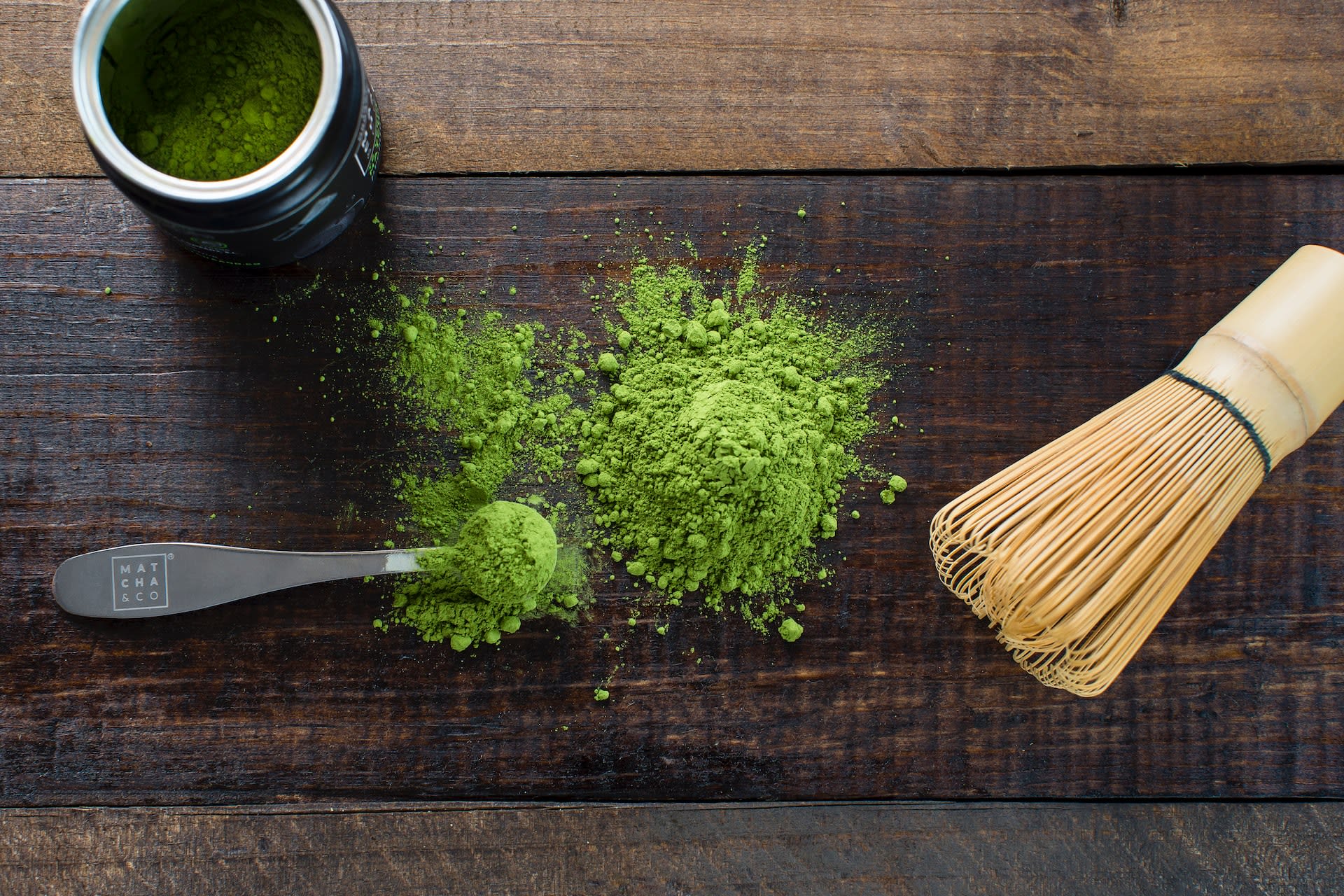

Matcha
Matcha is a type of green tea powder found widely in Japan and China.
It is known for its distinct, subtly sweet flavour and bright green colour. Matcha has a unique taste that is often described as earthy and sweet, with a slight umami complexity.
It also has strong astringent properties, and its flavour pairs well with sweet and creamy ingredients like milk and honey. Matcha is a great ingredient to remember when you want to add a savoury backdrop to your drink, or when you want something with a beautiful green colour.
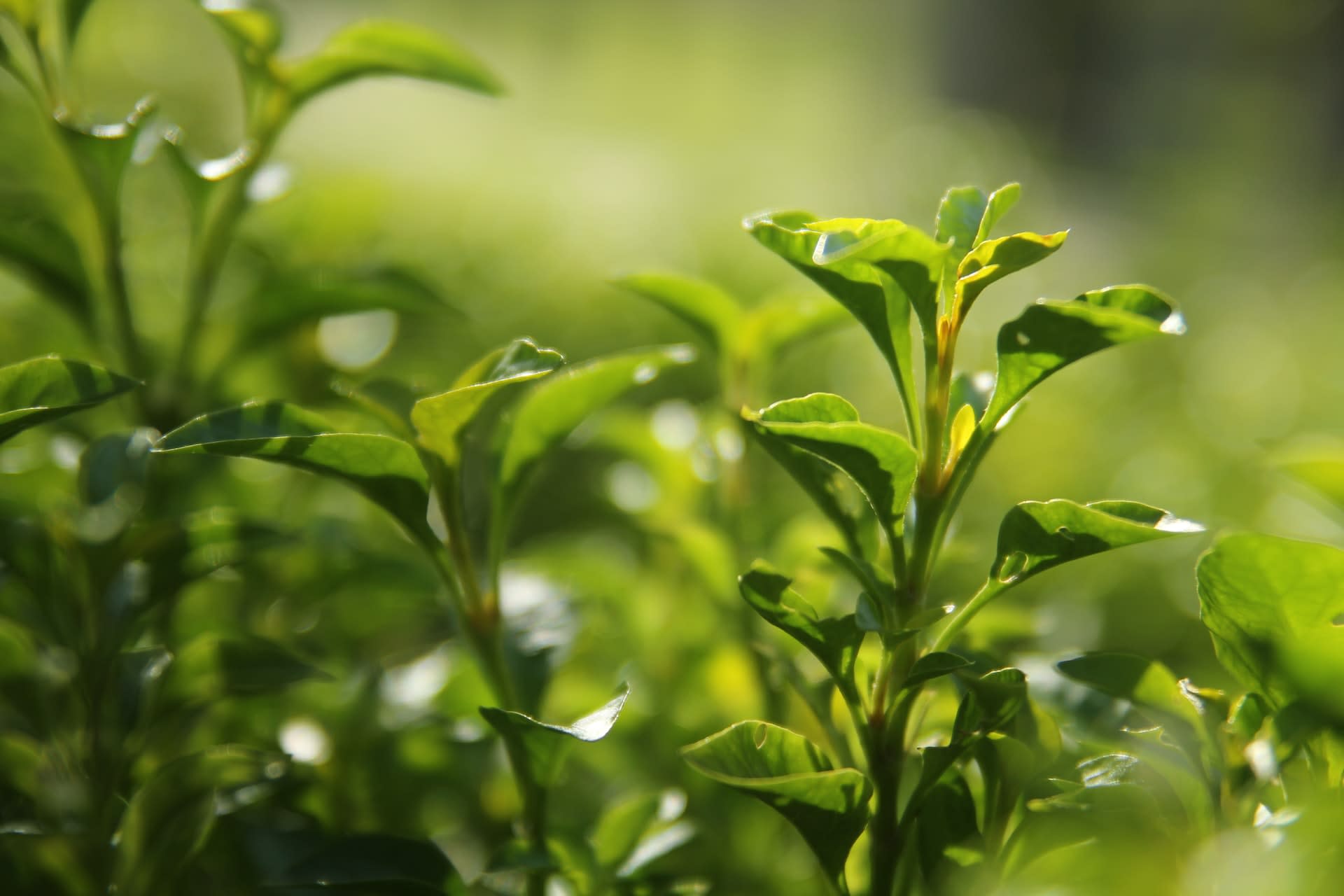

Sencha
Sencha is a type of green tea native to Japan.
Sencha has a pleasing and slightly sweet profile with a subtle grassy taste. Its flavour is often described as light and refreshing, with a subtle earthy backbone. If you are making a syrup, consider making a cold brew sencha tea for the liquid before adding in the sugar.
Spice
A rolodex of Asian spices would be an endless wheel – even just listing the most common ingredients used in Asian cuisines (from Indian, Chinese, Japanese to Southeast Asian dishes) includes cardamom, cloves, cinnamon, star anise, coriander, cumin, turmeric, ginger, garlic, fennel, nutmeg, black pepper, chilli powder, and Szechuan peppercorns.
So how can you use these spices in cocktails?
They can be muddled or infused into syrups, added to ‘rimming’ salts, directly used as a garnish in the glass, or used as a concentrated spritz via a vaporiser. Furthermore, by incorporating Asian spices into your cocktails by infusing it into spirits, you can create unique flavour combinations that will tantalise your taste buds.
Try these as a great start point…
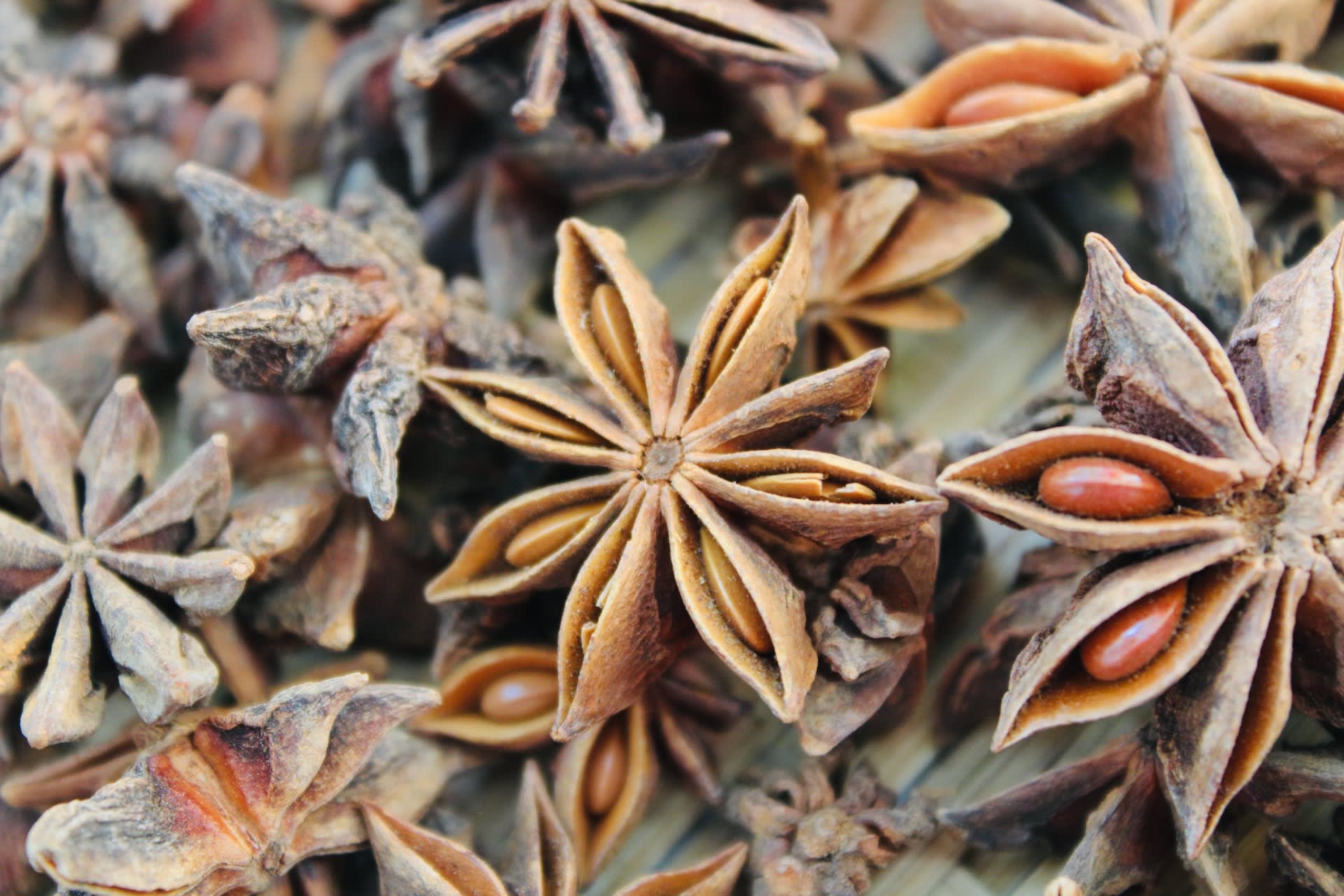

Star Anise
Star anise is a star-shaped spice native to China and Vietnam. It has a unique flavour that is both spicy and sweet. It has a clear liquorice flavour that’s balanced with a warmth and enveloping sweetness. In our opinion, it’s as distinct on the nose as it is to the eye. You can immediately tell when a cocktail has it in the mix and when used as a garnish it lifts the aroma with immediate effect.
Star anise’s spice-meets-sweet-earthy profile pairs well with ingredients like rum and whisky in particular.
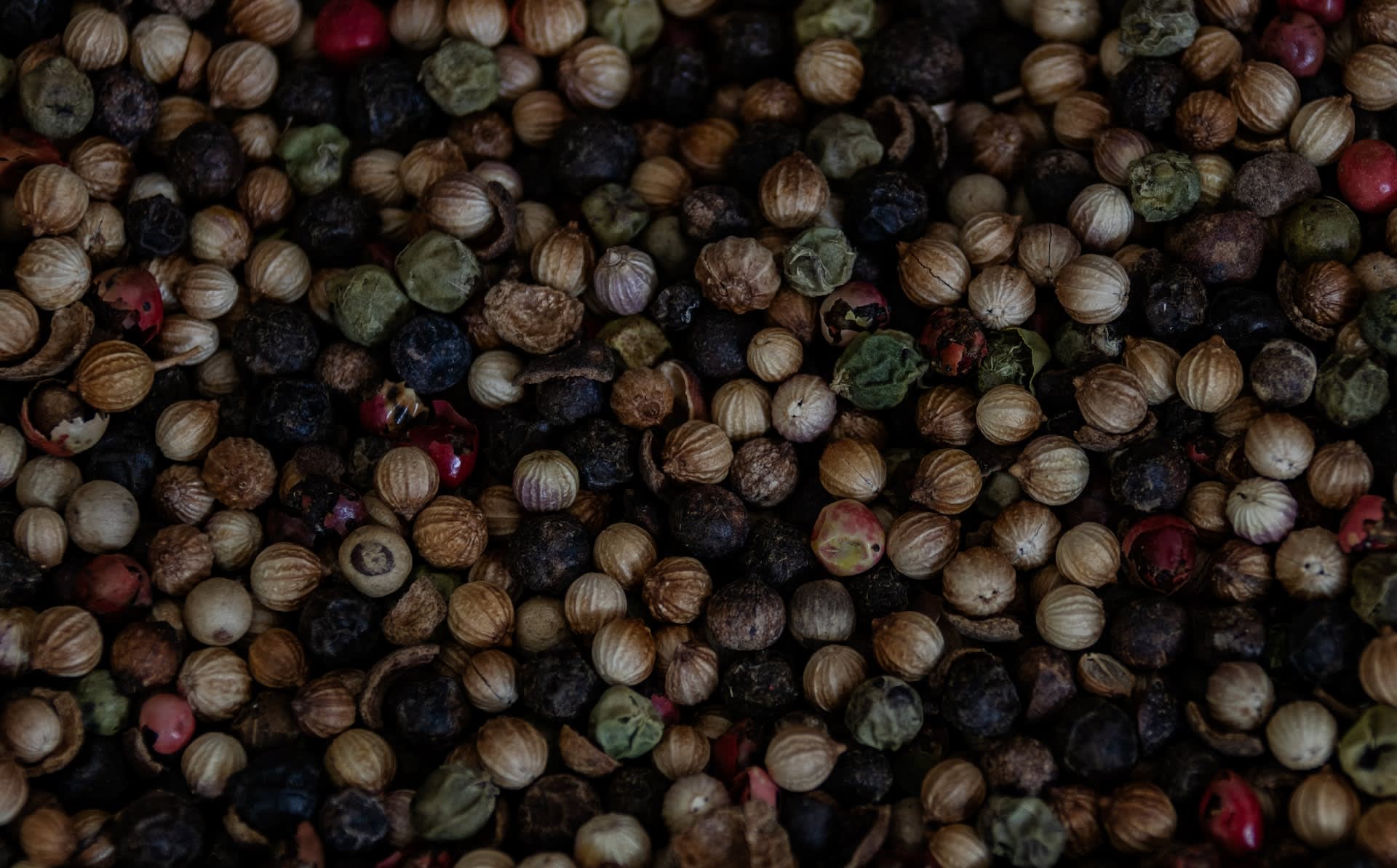

Szechuan Peppercorn
Szechuan peppercorn is a type of pepper native to China. It is known for its numbing and tingly sensation when consumed.
Szechuan peppercorn is a unique as it is clearly spicy, yet with equal and opposite intensity – clearly has citrus, pine and a tingly nature. It has a flavour journey in its own right as an ingredient, let alone when it is used as part of a broader set of flavours in a cocktail.
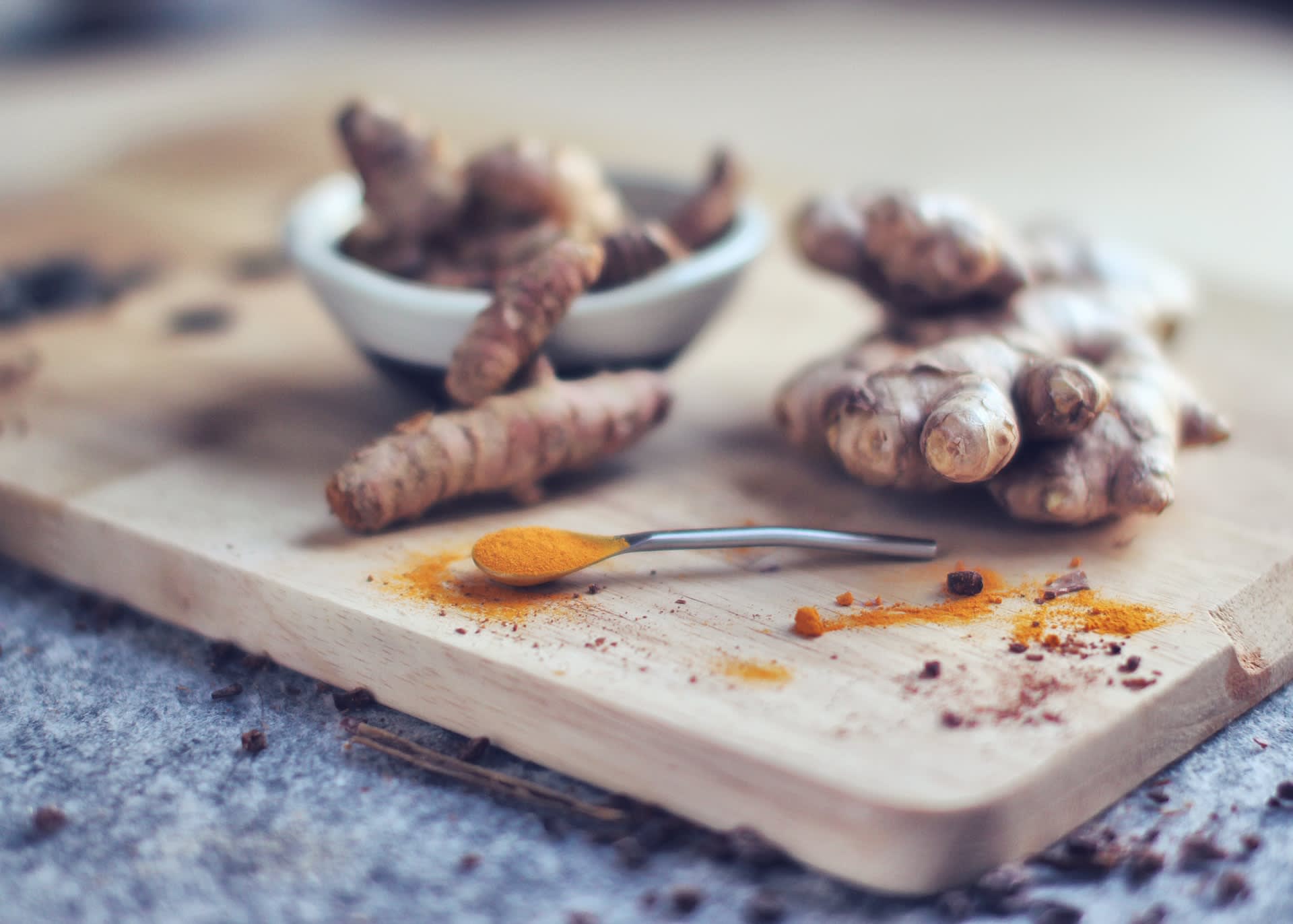

Galangal
Galangal is a type of root native to Southeast Asia. It is similar to ginger and not unlike lemongrass either, which is why it is often used in Thai and Indonesian cuisine.
On the one side, it has a slightly mustardy aroma which goes well with other sweet and spicy flavours and in drinks like a Bloody Mary (infuse it in the vodka). On the other, you can lean on the other aspect of its profile – the herbal and earthy notes – by pairing it with sweet and sour ingredients like citrus. Try grating it into a Oleo Saccharum to add extra depth to the mix!
Creating Asian-inspired cocktails is a great way to explore different flavour combinations and have fun.
With the right ingredients, you can easily whip up delicious drinks that perfectly combine distinct exotic flavours while letting you experiment with the wide array of ingredients commonly used in Asian cooking.
Happy mixing!



